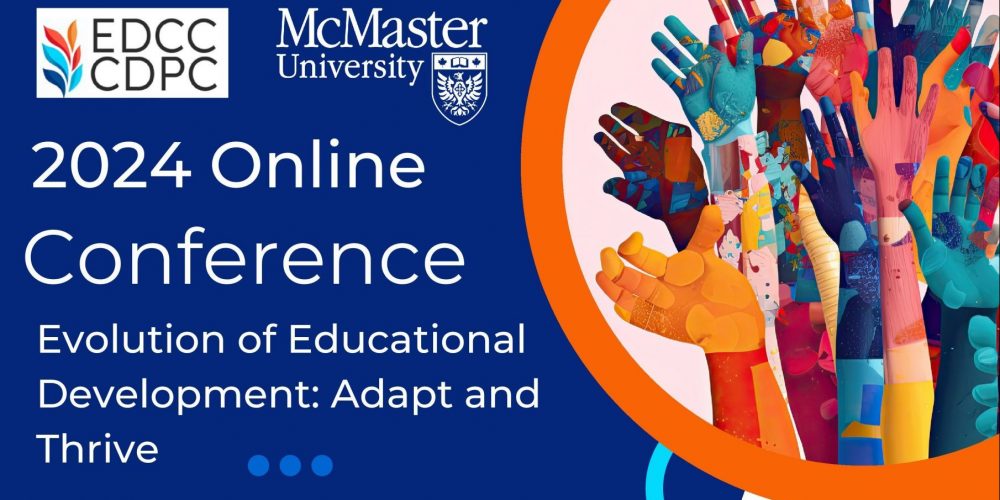Introduction
Peer review of teaching (PRT) might seem straightforward: a peer observes your teaching, provides feedback, and perhaps writes a report. But anyone who’s been through the process knows that, although it’s linear, it’s rarely simple. Largely because the process is about human interactions and relationships. And, in those, emotions surface.
Formative PRT is meant to be instructor-driven and developmental, yet it frequently evokes apprehension (Jacenyik-Trawoger, 2022); inviting someone into the private, personal world of your classroom is often stress-inducing.
In my experience as an educational developer (ED) with over 20 years in the field, including specialising in PRT since 2009, instructors rarely approach the process with enthusiasm. Instead, nervousness or even dread tends to dominate. Yet, they engage in PRT because their desire to grow as educators outweighs their fears—of judgement, of appearing less than perfectly competent, or of imposing on a busy colleague.
That’s courageous.
Courage is an overlooked yet essential quality in PRT. In this blog post, I’ll briefly explore the courage required in formative reviews and explore how educational developers can support and nurture it.
The role of courage in PRT
Courage is the willingness to act despite fear or risk (Lowery, 2019). In PRT, this means being willing to make your teaching visible to a peer, often someone you admire or who may even influence your future promotion and tenure decisions.
Welcoming a colleague into your classroom space is a vulnerable act because, in many disciplines, classrooms are personal spaces with defined boundaries. Inviting a reviewer in is akin to saying, “Here is where I create, struggle, and grow” –and I’m willing to expose myself. Furthermore, it takes bravery to open yourself up to feedback, especially when academics are often conditioned to present themselves as competent and in control (Chakraverty, 2022).
This vulnerability is amplified for new instructors or those experiencing impostor syndrome. They may worry about seeming inexperienced or that feedback might harm their professional standing.
Despite these fears, they choose to engage in PRT because they care deeply about improving their teaching.
How educational developers can foster courage
As educational developers, we may be involved in formative PRT in various ways:
- Facilitating “training” workshops for reviewers and instructors being reviewed
- Consulting with department heads on the development of PRT guidelines
- Promoting good PRT practices
- Conducting peer reviews
This positions us to create conditions that support and sustain courage in PRT.
Here are some ways educational developers can emphasize the human and relational aspects of the process and—in doing so—support acts of courage:
Acknowledge the emotional landscape: We can (and should!) explicitly name the courage required to participate in formative PRT. When I lead workshops or consultations, I start by normalising the nervousness and vulnerability instructors often feel. I also acknowledge the fact that reviewers can feel nervous (which is usually a surprising fact to those who haven’t been reviewers). Putting the worries/apprehensions/concerns/resistance etc into the open helps those involved to have more perspective on the emotional aspects–and encourages openness.
Emphasize collaboration: We can reframe formative PRT as a partnership rather than an evaluation process that has “learning” benefits. As EDs, we can encourage reviewers and reviewees to co-design the process, including setting goals, discussing classroom context, and determining how feedback will be delivered. In my experience, reviewees often feel that reviewers drive the process.
Deliver caring feedback: We can train reviewers to provide feedback that is constructive, respectful, and focused on growth. As EDs, I know you KNOW that providing feedback is an advanced skill! Yet, I’m still surprised at how little “training” is given, in academia, to foster this skill (think about the training you have received on giving feedback on manuscripts or student papers etc). Caring feedback reassures instructors that the purpose of PRT is developmental, not evaluative, which can alleviate fears and encourage openness to change.
Promote reciprocity: We can encourage instructors to make PRT reciprocal so both parties can experience the vulnerability and growth that come from being reviewed. This also helps to balance power dynamics and fosters mutual trust.
The bigger picture
When done well, PRT creates opportunities for meaningful conversations about teaching, fosters trust and connection between colleagues, and helps instructors expand their pedagogical approaches. By centering courage and care, educational developers can transform PRT from a “box-ticking exercise” into a process that builds relationships and promotes a positive teaching culture.
Some questions for reflection
- Where do you see courage showing up in PRT?
- What steps can you take to support courage in PRT initiatives at your institution?
- How might you incorporate greater care and collaboration into the process to foster a culture of openness and trust?
****************
Please be in touch if you have thoughts or questions. I’d love to hear from you because it helps me expand my thinking.
*****************
I’d like to thank my colleague, Dr. Judy Chan, for our discussions about courage and PRT. These have been fun and good learning opportunities.
Note: ChatGPT (OpenAI, 2025) was used to help develop this blog entry.




